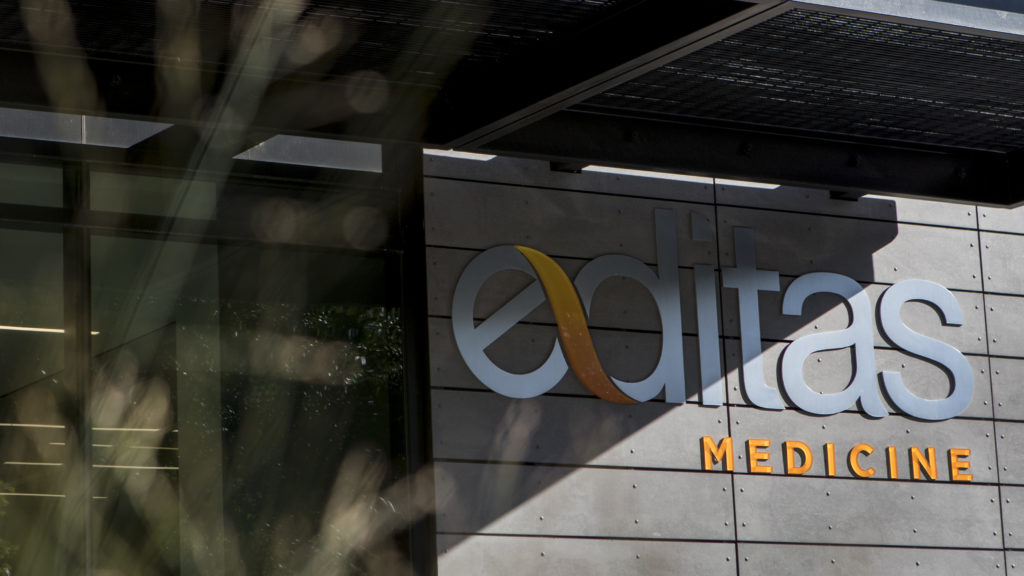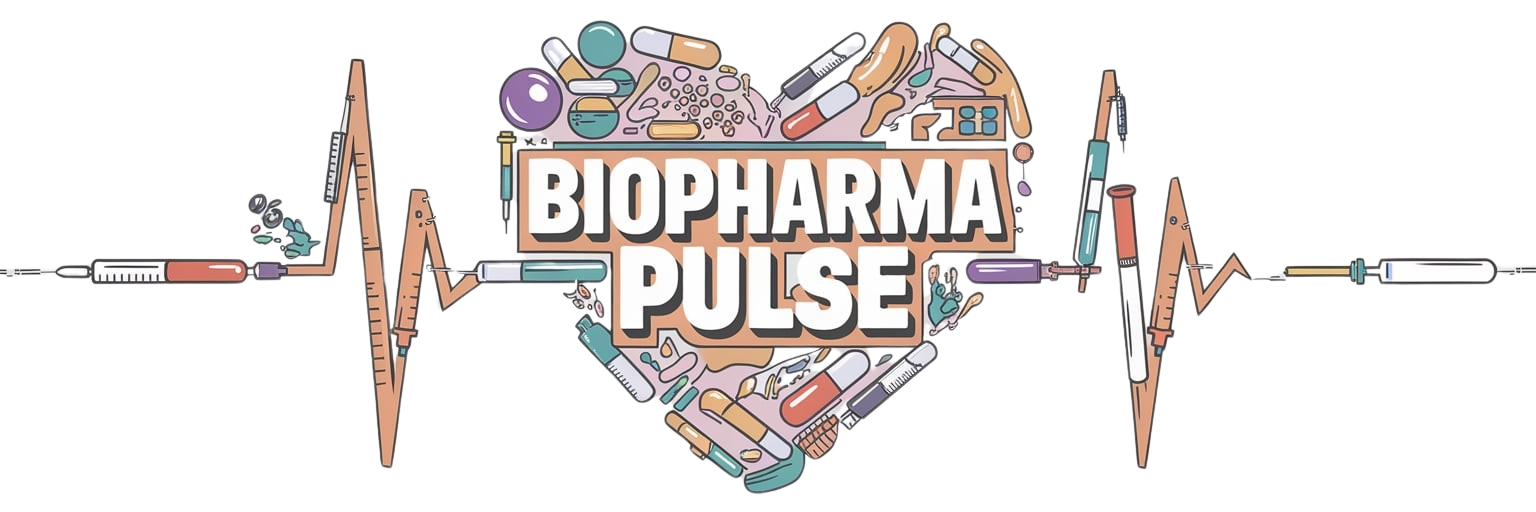Welcome BioPharmaPulse Readers
Welcome to another edition of BioPharmaPulse! Today, we're diving into groundbreaking developments that are shaping the future of biopharmaceutical innovation.
What's in this issue:
- 🧪 Discover how xenon gas could aid Alzheimer's treatment
- 🚭 Learn about the FDA's proposed nicotine limits on tobacco products
- 🧬 Get insights into Editas' plans to catch up in the CRISPR race
- 🌿 Explore the FDA's ban on Red Dye No. 3 in foods
Quote of the Day
"Innovation is the unrelenting drive to break the status quo and develop anew where few have dared to go." — Steven Jeffes
Latest Developments
🧪 Could inhaling xenon gas help treat Alzheimer’s? A new mouse study suggests it might (2-minute read)

Rundown: Researchers have found that inhaling xenon gas activates microglia—the brain's immune cells—to clear Alzheimer's-associated plaques in mice. This novel approach reduced beta-amyloid proteins and brain inflammation, offering a potential new pathway for treating Alzheimer's disease.
Key Points
- 🧠 Xenon gas stimulates microglia to remove harmful plaques.
- 🐁 Mouse models showed improved cognition after treatment.
- 🚀 A Phase 1 clinical trial is set to begin this year.
Why it matters: This breakthrough could pave the way for a simple, non-invasive treatment for Alzheimer's, a disease affecting millions worldwide. By enhancing the brain's natural defense mechanisms, we move closer to effective therapies.
🚭 FDA proposes nicotine limits on tobacco products to make them less addictive (5-minute read)

Rundown: The FDA has proposed reducing nicotine levels in cigarettes and certain tobacco products to make them minimally or non-addictive. The goal is to help smokers quit and prevent future generations from becoming addicted.
Key Points
- 📉 Proposed nicotine level: 0.7 mg per gram of tobacco.
- 🚬 Current average nicotine level: 17.2 mg in popular brands.
- 💀 Could prevent 8.5 million tobacco-related deaths by 2100.
- 🌎 U.S. would be the first country to implement such a measure.
Why it matters: Tobacco addiction remains a leading cause of preventable death. This bold move by the FDA could significantly reduce smoking rates, saving millions of lives and reducing healthcare costs.
🧬 Editas, after slow start, outlines plan to catch other CRISPR companies (3-minute read)

Rundown: Editas Medicine, a pioneer in CRISPR gene editing, is unveiling a new strategic plan to re-enter clinical trials by 2026. After previous setbacks, the company is focusing on innovative in vivo approaches to treat genetic diseases directly within the body.
Key Points
- 🔄 Shift from ex vivo to in vivo gene editing strategies.
- 🩺 Targeting diseases like sickle cell and liver disorders.
- 🤝 Emphasis on strategic partnerships and collaborations.
- 🚀 Plans to regain leadership in the competitive CRISPR field.
Why it matters: Editas' renewed direction could accelerate the development of gene therapies, offering hope for patients with genetic disorders. Success here represents a significant leap forward in personalized medicine.
Question of the Day
🤔 What area of biopharma innovation excites you the most?
- 🧬 Gene Editing Advances
- 💡 Novel Drug Discoveries
- 🌐 AI in Biopharma
- 🧠 Neurodegenerative Disease Research
Trending
💻 STAT+: Health AI investments are off to a roaring start in 2025
- Health AI startups are seeing significant investment growth, signaling a strong year ahead for innovation in healthcare technology.
🌿 FDA bans red dye no. 3 in foods, decades after additive found to cause cancer in rats
- The FDA has finally banned Red Dye No. 3 in foods, addressing longstanding health concerns over its carcinogenic effects.
🎯 Oxford Drug Design achieves in vivo validation for novel cancer treatment
- Promising in vivo results from Oxford Drug Design's novel approach to targeting cancer showcase the potential for AI-driven drug discovery.
Industry Insight
🌐 Embracing AI and Machine Learning in Drug Discovery
Artificial intelligence is transforming the drug discovery landscape. By leveraging machine learning algorithms, researchers can analyze vast datasets to identify potential drug candidates more efficiently.
💡 Key Benefits:
- Speed: AI accelerates the identification of viable compounds.
- Cost-Effective: Reduces expenses associated with traditional drug discovery.
- Precision: Enhances the ability to target diseases at a molecular level.
By integrating AI into research pipelines, biopharma companies can bring innovative treatments to market faster, ultimately improving patient outcomes.
Quick Hits
💊 Eli Lilly's Omvoh earns FDA approval for Crohn's disease (1-minute read)
- Omvoh offers a new treatment option for Crohn's disease, expanding Eli Lilly's immunology portfolio.
🌏 At JPM, biotech industry expresses excitement — and some anxiety — about therapies from China (1-minute read)
- The influx of innovative therapies from China is reshaping global biotech dynamics.
🕵️ Federal watchdog cites concerns with FDA’s accelerated approval process (2-minute read)
- A report calls for stricter standards to ensure the efficacy and safety of drugs approved through the accelerated pathway.
💉 FDA explains why it rejected Vanda's stomach drug in late 2024 (1-minute read)
- The agency highlights the importance of robust clinical evidence in the approval process.
🔬 Eli Lilly is considering offering more Zepbound doses in vials at lower cost (3-minute read)
- Eli Lilly explores ways to increase accessibility to their obesity drug Zepbound by offering more dose options.
Wrap Up
Thank you for being part of the BioPharmaPulse community! It's your curiosity and passion for innovation that drives the industry forward. Let's continue to explore, learn, and make a difference together.
Stay tuned for more insights and breakthroughs.
Warm regards,
Elliot Reeves | BioPharmaPulse
💬 How did you like today's email?
- 😀 Loved it
- 🙂 It was OK
- 😕 Could be better
